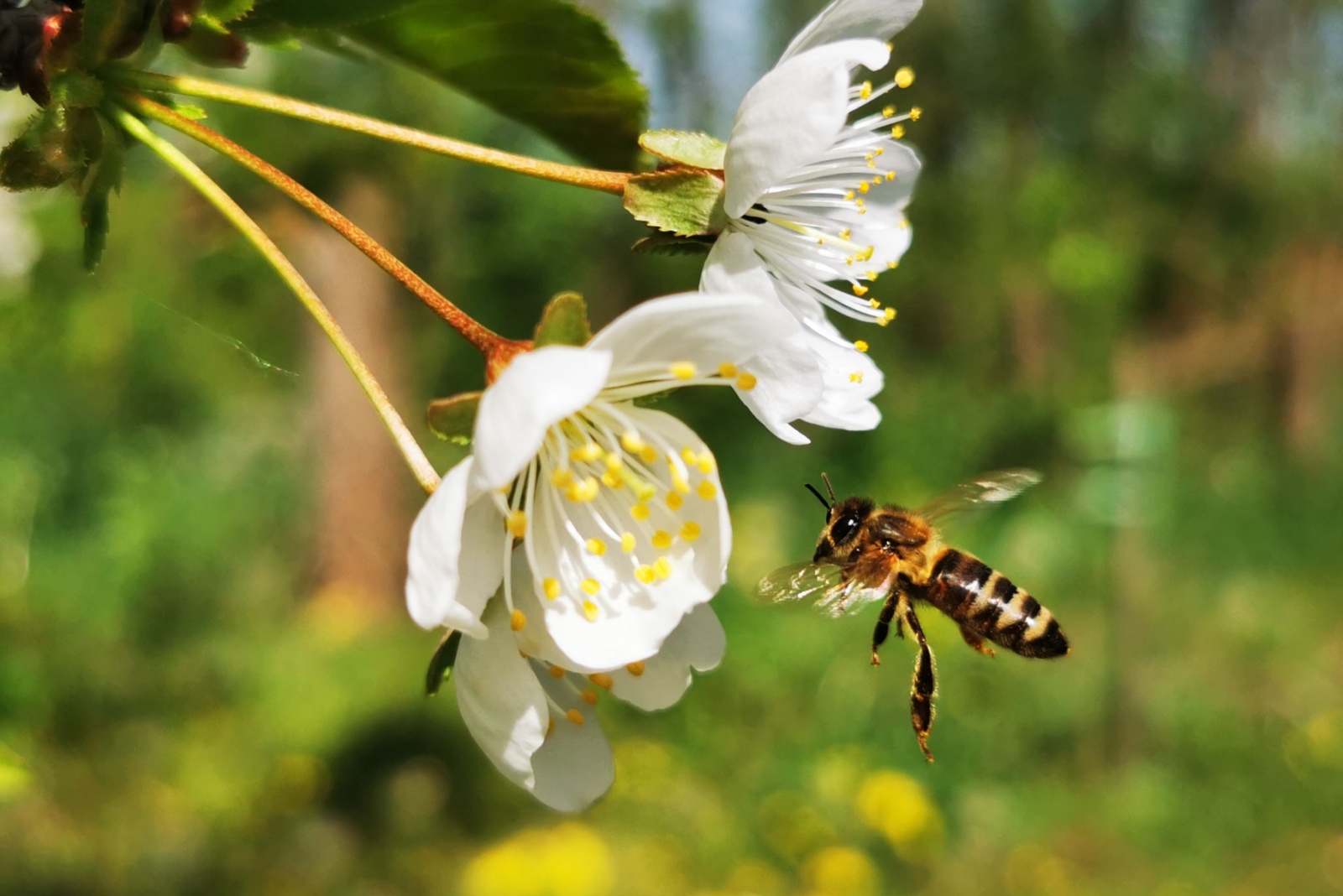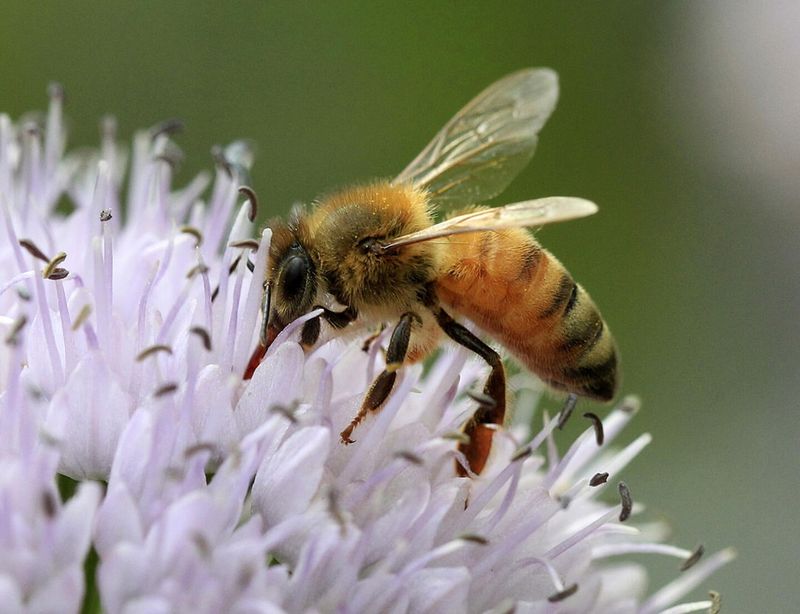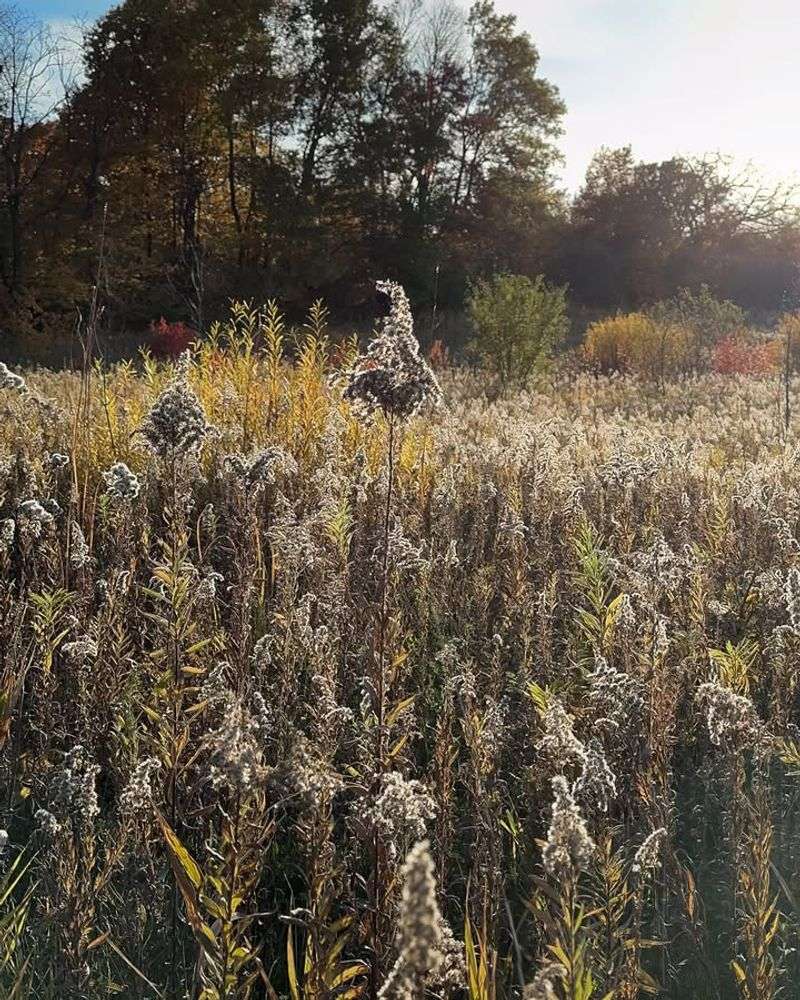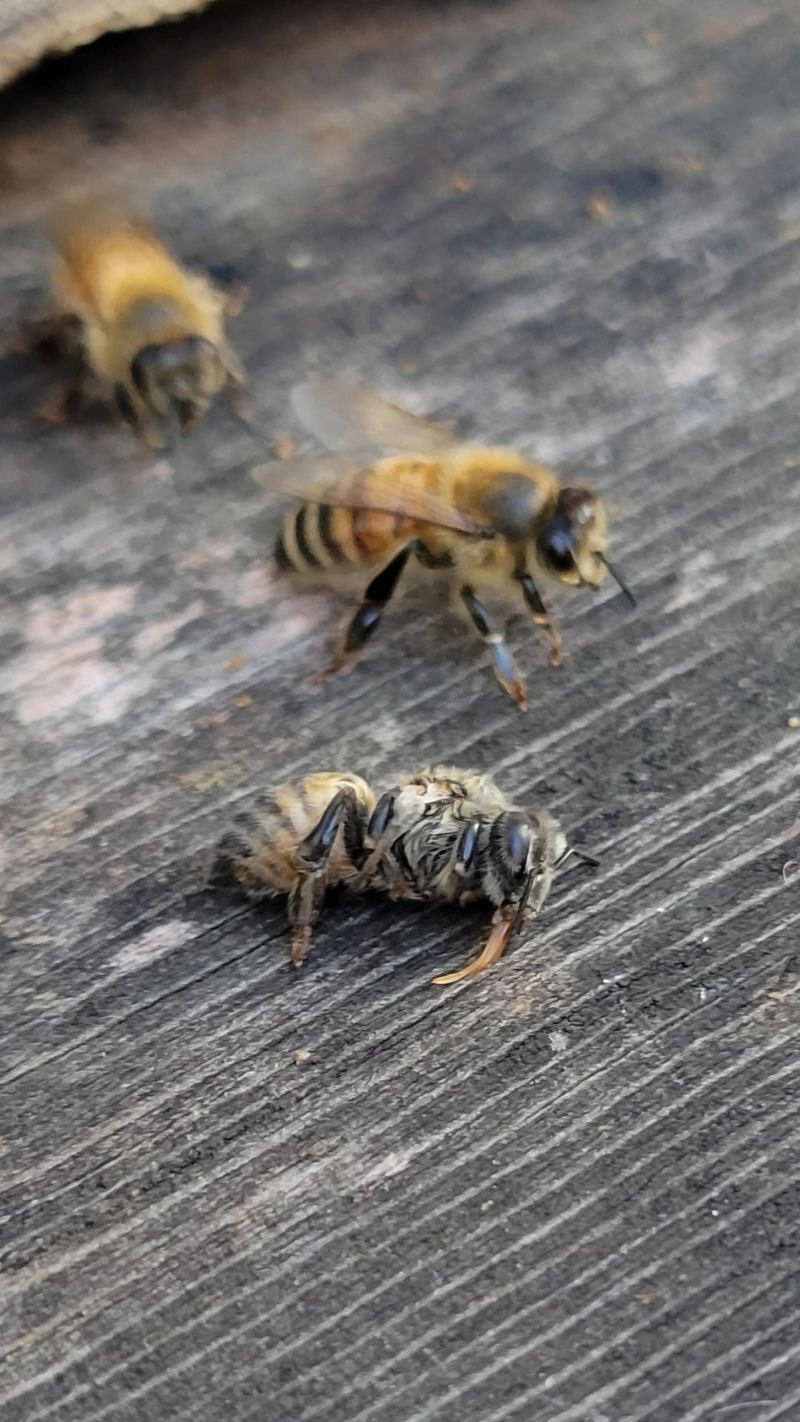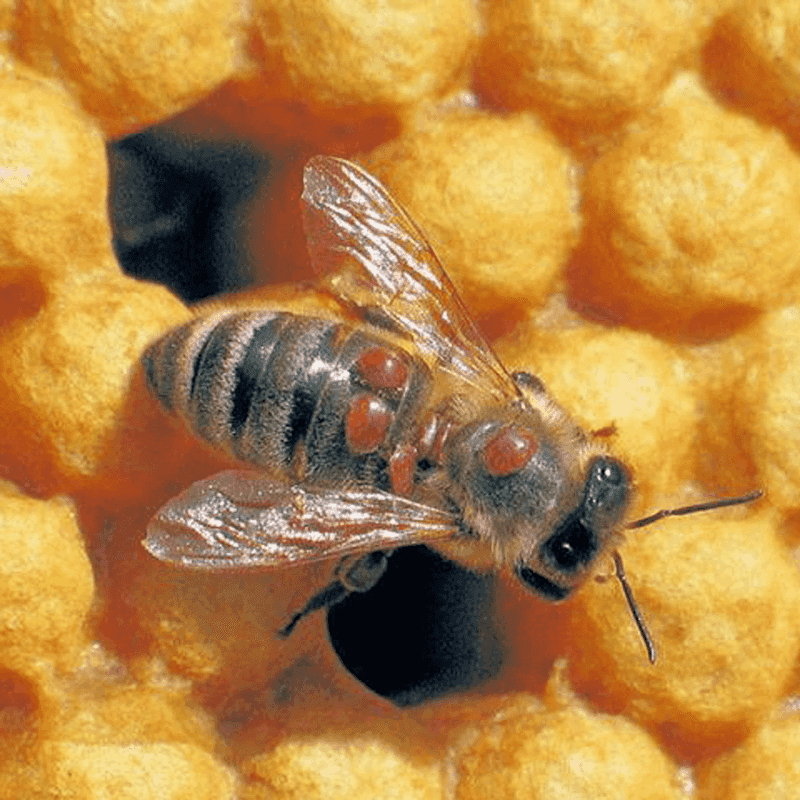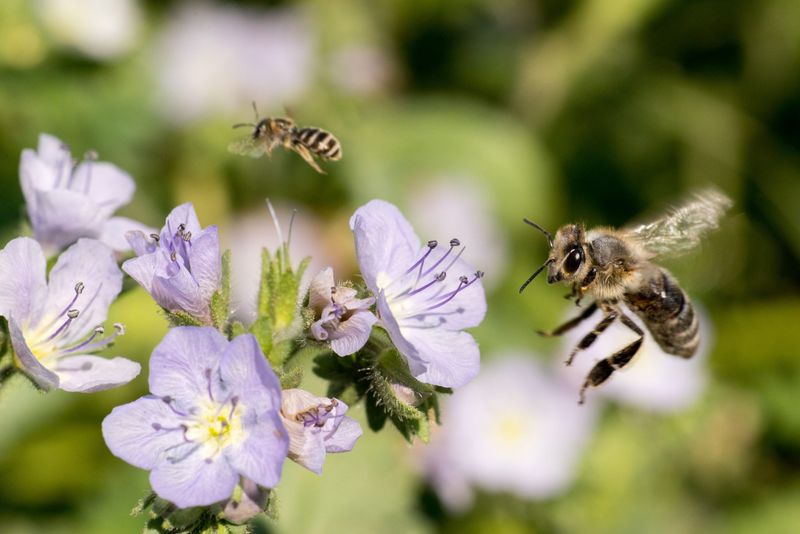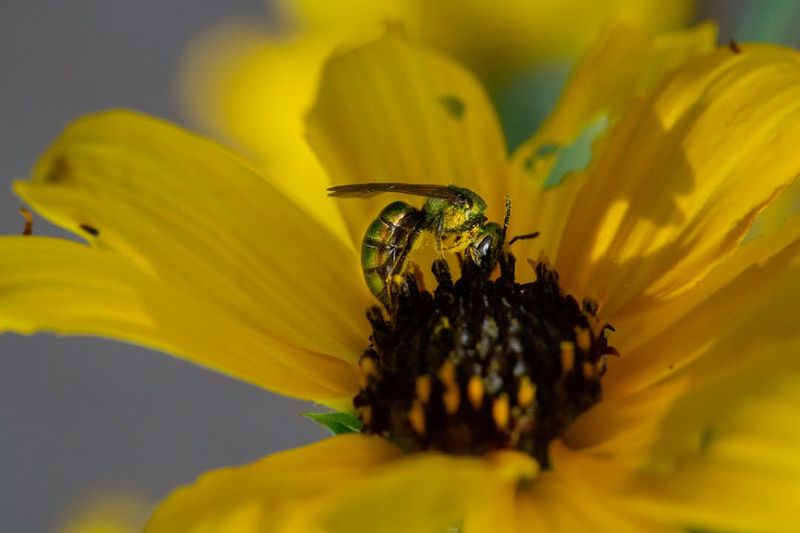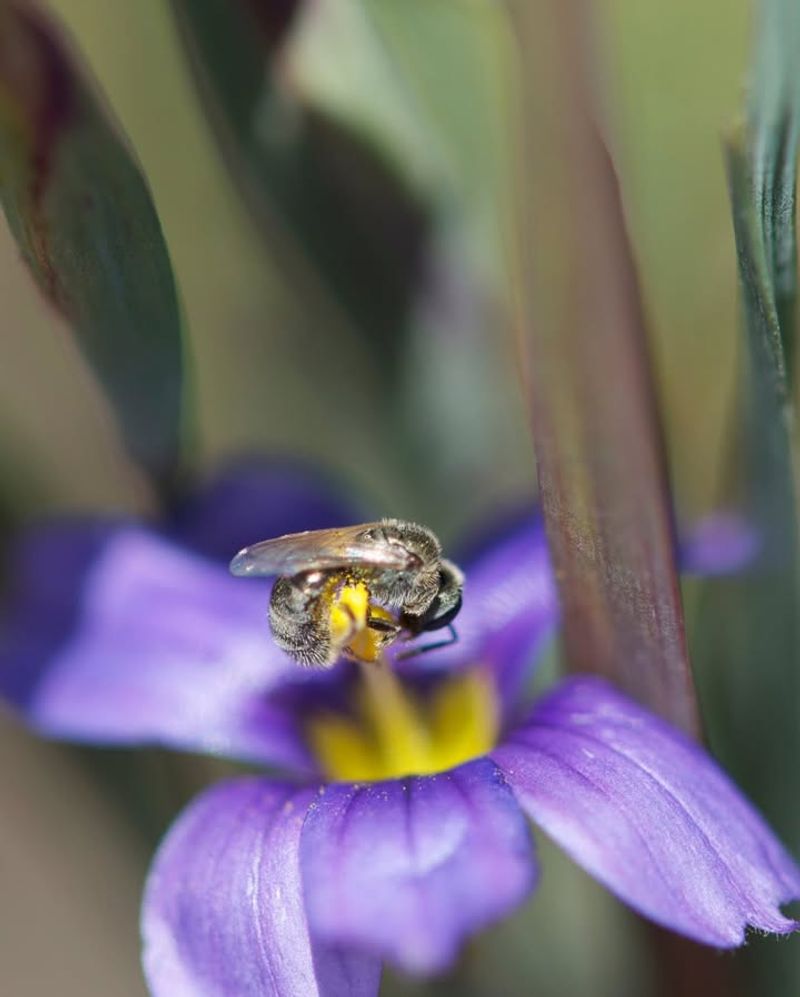Bees are vanishing from Minnesota’s fields, gardens, and wild spaces faster than ever. These tiny pollinators are essential for growing our food and keeping ecosystems in balance.
Their decline affects everything from backyard blooms to farm harvests. Pesticides, habitat loss, and climate shifts are just a few of the culprits.
By understanding what’s driving the drop, we can take steps to protect them. Supporting native plants, reducing chemicals, and spreading awareness all make a difference.
1. Pesticides Harm Bee Health
Chemicals sprayed on crops and lawns often contain ingredients that confuse or poison bees. Neonicotinoids, a common type of pesticide, affect their ability to navigate back to the hive.
Minnesota farmers sometimes use these products to protect their harvests, but the effects on pollinators can be devastating. Even small amounts weaken bees over time.
Choosing organic gardening methods and reading product labels carefully can help reduce exposure and keep local bee populations safer and healthier.
2. Loss Of Wildflower Habitats
Wild meadows and prairies once covered much of Minnesota, providing bees with diverse food sources. Urban development and large-scale farming have replaced these natural areas with buildings and monoculture crops.
Without varied wildflowers, bees struggle to find enough nectar and pollen throughout the season. This shortage weakens colonies and reduces their ability to survive harsh winters.
Planting native wildflower gardens or supporting local conservation efforts can restore some of the habitat bees desperately need to thrive again.
3. Climate Change Disrupts Seasons
Warmer winters and unpredictable weather patterns throw off the timing between when flowers bloom and when bees emerge. If bees wake up too early, they may find no food available.
Minnesota’s shifting climate also brings extreme weather events like sudden frosts or droughts. These conditions stress both plants and pollinators, making survival harder.
Supporting climate-friendly practices, such as reducing waste and conserving energy, helps stabilize the environment bees depend on for their life cycles.
4. Diseases Spread Through Colonies
Parasites like the Varroa mite attach to bees and spread viruses that weaken entire colonies. These tiny pests suck the blood of adult bees and infect developing larvae.
Once a hive is infected, the disease can spread quickly, especially when bees from different areas come into contact. Minnesota beekeepers work hard to monitor and treat their hives, but wild bees have no such protection.
Supporting research and local beekeeping programs helps develop better treatments and keeps both managed and wild bees healthier.
5. Lack of Diverse Food Sources
Many farms in Minnesota grow just one or two types of crops, like corn or soybeans, which don’t provide nectar for bees. This creates food deserts where pollinators can’t find enough nutrition.
Bees need a variety of flowers blooming from spring through fall to stay strong and healthy. When they only have access to limited food, their immune systems weaken and colonies shrink.
Encouraging farmers to plant cover crops and wildflower borders around fields can give bees the diverse diet they need to survive and reproduce successfully.
6. Urban Sprawl Reduces Nesting Sites
Many native bee species nest in the ground, dead wood, or hollow stems. As cities and suburbs expand across Minnesota, these natural nesting spots disappear under pavement and manicured lawns.
Without safe places to lay eggs and raise young, bee populations can’t grow. Even small changes, like leaving some bare soil patches or keeping dead branches in your yard, make a difference.
Creating bee-friendly spaces in urban areas helps offset habitat loss and gives pollinators the shelter they need to establish new colonies.
7. Invasive Species Compete For Resources
Non-native plants and insects introduced to Minnesota often outcompete native species that bees rely on. Invasive plants like buckthorn spread quickly, crowding out wildflowers that provide essential nectar and pollen.
Some invasive insects also prey on native bees or steal their nesting sites. This imbalance disrupts the ecosystem and leaves fewer resources for pollinators to share.
Removing invasive plants from your property and choosing native species for landscaping helps restore balance and supports the bees that belong in Minnesota’s natural environment.

